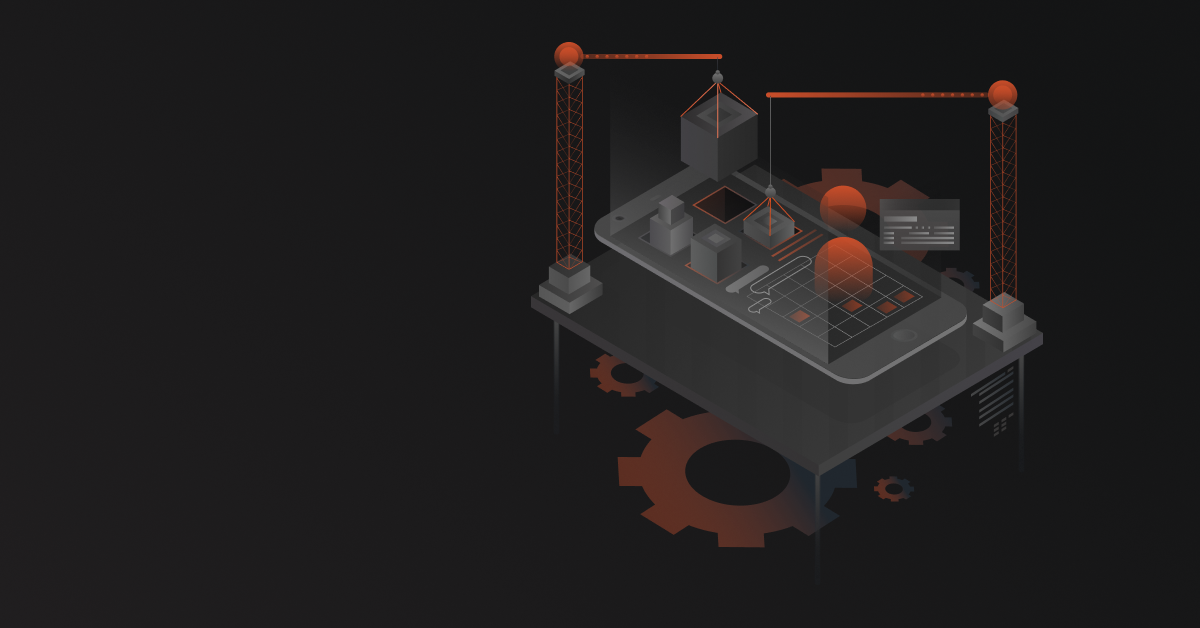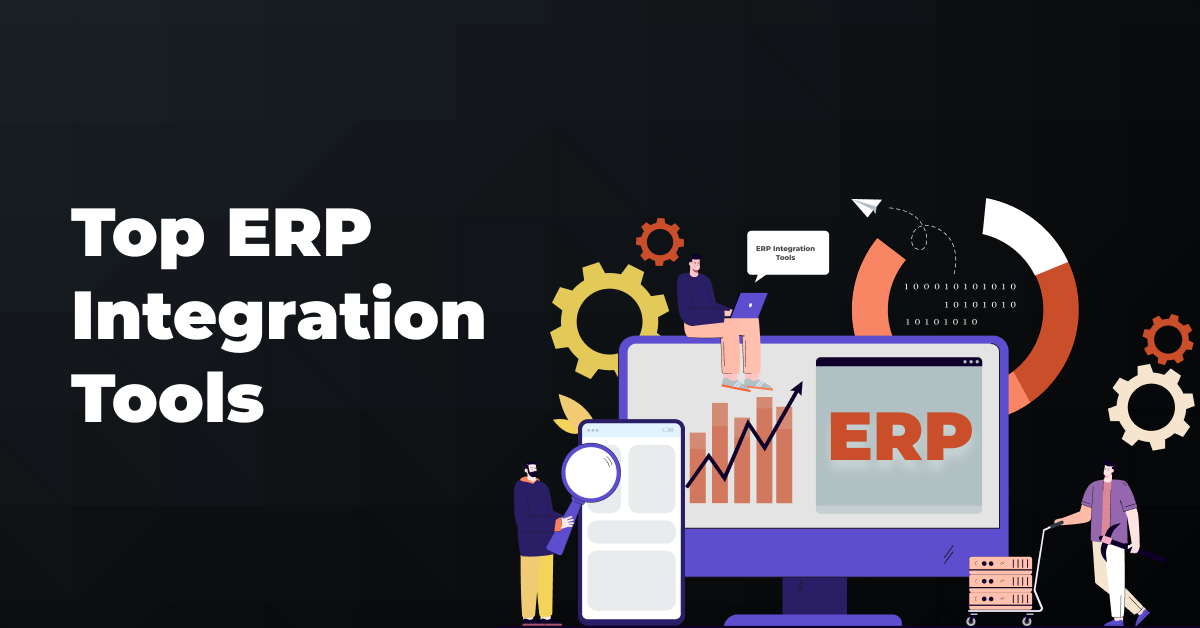A few times in my career I’ve found myself at a common inflection point when order volume from an e-Commerce website has grown to the point where the people (or person) entering the orders can’t keep up. It’s easy to call this a “good problem to have,” hire more Customer Service Reps and get back to whatever it was that was driving the growth. (integration)
Meanwhile, your customers are having a negative experience as orders get entered sometimes hours or days after they were placed by the customer. Have you ever placed an order with express shipping only to find out the order hasn’t actually been entered until the next day? It’s incredibly frustrating and potentially damaging. There was a reason you paid extra for shipping!
The obvious solution is to integrate the website with the ERP system so that orders flow through in real-time with little or no human touch. But that sounds difficult. At a larger corporation with multiple online stores, it might be a challenge to get the job prioritized with IT over larger parts of the business. As a smaller start-up or family-run business just moving online, the reflex might be to plow ahead in the interest of “it’s working for us, why change?”
When you are responsible for e-Commerce revenue growth the last thing you may want to do is take resources away from teams that have been responsible for your success. This is where you need to step back, as hard as it may be with day-to-day priorities chewing at your leg and think about where you are going and how best to grow the bottom line.
Between the human error factor and the hours spent entering orders, your net order value could be significantly lower than you are reporting up to the business. A $50 order with 15 minutes of human processing time, plus a 2-5% error rate can turn into a $40 order. And what were your margins on that?
Solving ERP integration challenges with DCKAP Integrator
By investing in DCKAP Integrator, DCKAP’s ERP integration platform, we can have your orders flowing seamlessly from the website to your order-entry system with minimal time required on your end.
I know this to be true because before I came to work for DCKAP I was a DCKAP customer with ownership of up to 7 e-Commerce websites operating on Magento and Shopify. I spent more than 6 years wrestling with this same scenario and being told there were no resources to integrate with ERP (SAP). What’s more, it would have been a months-long effort that required massive use of my team’s time and some expensive developer resources.
Then we tried DCKAP Integrator. Suddenly the red tape and heavy burden were gone. DCKAP took the project from start to finish in a few weeks at a cost we could make work.
One of the real values of DCKAP Integrator is the ability for a business user, like me, to manage data mapping from one source to another. For example, the “name” field in one system may require one value, whereas on the other system first name and last name are separate fields. Or if a desired change to the website conflicts with ERP it can become a big deal.
Prior to DCKAP Integrator and DCKAP we often found ourselves making decisions based on the path of least resistance and not what was best for our customers. Nobody wants to be in that spot. DCKAP Integrator can put most data management changes in the hands of a marketing person, who knows the products the best, rather than in the dreaded IT queue.
DCKAP Integrator is highly intuitive and freed up my team, the CS team, and IT to do other work to grow the business.
Integration benefits beyond order entry
Of course, there is a lot more information stored in ERP than orders. Everything from weights and measures to technical specs and pricing lives in the ERP “system of record” silo. That leads to dual maintenance of data and that is a formula for costly errors on the website and lower CSAT ratings.
With DCKAP Integrator, any information in the ERP system can be passed to the website. It can be done in real-time, as a user looks at a product page, or as a batch upload. The decision is up to the DCKAP Integrator customer and the settings to change the frequency of updates are up to a business user.
Even complex pricing structures and customer-specific pricing can be passed through, assuming the user is authenticated on the website.
At one company I worked for we ran an internal audit on the nature of the emails, phone calls, and faxes (yep) that Customer Service was managing each day. I don’t remember the exact breakdown, but the 30,000-foot view was that the majority of issues raised with CS were regarding simple questions about the product or the status of an order.
I created a KPI focused on cutting down on call volume, and other inquiries handled by CS. Following ERP integration all that information was on the websites and customers could do what we all expect these days from an e-tailer: Do it themselves.
The call volume plummeted. It was weird not hearing the phone ring constantly. As a result, the number of reps was lowered by 50 percent (all through attrition or promotions) while the business continued to grow and e-Commerce revenue continued to grow exponentially.
Website integrations beyond ERP
At many businesses, the CRM system is a wilderness of often neglected information, including all that product info on the website and in the ERP. But if it’s not integrated with other systems it’s almost guaranteed to be out of sync or flat out wrong. This is data the sales team is using to build quotes. For a business with thousands of SKUs, the sales team can’t possibly be expected to know every product in-depth. They need the CRM to guide them.
As with ERP, with some up-front mapping, DCKAP Integrator can integrate with most any CRM.
Want to sell through Amazon, eBay, or any other 3rd-party e-tailer? Instead of maintaining massive spreadsheets to upload to their systems, DCKAP Integrator can tap into their APIs and provide a feed.
In short, any system with an available API can be accessed by DCKAP Integrator AND managed by a business user.
There’s never been a better time to get ahead of your growth, or expected growth, and build out the infrastructure needed to make your systems work together and the stovepipe era.
Contact us for a free demo and discussion at DCKAP Integrator
Find us on LinkedIn and tell us what you’d like to know more.
Thank you for reading.
Contents




